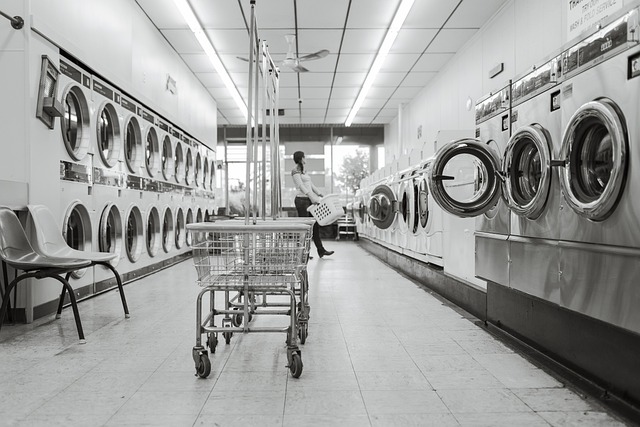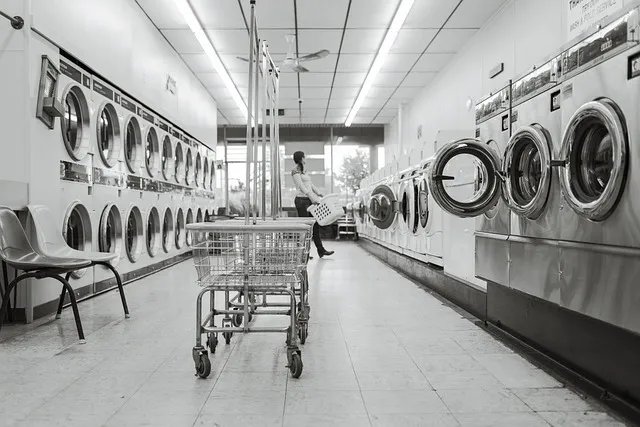What Are the Best Energy-Saving Practices for Drying Sports Equipment?
Another trick? Use moisture-wicking hangers or hang your equipment outside on a sunny day. The sun’s rays not only zap away moisture but also add a natural freshness to your gear. Plus, the sun’s UV rays can help kill bacteria, keeping your equipment clean and odor-free.
If you’re in a hurry, consider using a fan to speed up the drying process. Positioning a fan near your gear can mimic the airflow of a breezy day, reducing drying time significantly without the energy cost of a dryer. Think of it as a mini wind machine for your sports gear!
And here’s a pro tip: if you’re drying multiple items, try to space them out to ensure even drying. Overlapping gear can trap moisture, making the drying process longer and less efficient. So, treat each piece of equipment to its own space to help it dry faster.
Lastly, if you’re in the market for a new dryer, look for one with an energy-efficient setting. Some dryers have special cycles designed to be gentler on fabrics and use less energy. It’s like giving your dryer a green makeover, saving energy while still getting your gear ready for action.
Maximize Efficiency: Top Energy-Saving Tips for Drying Your Sports Gear
Another trick is to use moisture-wicking towels. Before you hang your gear to dry, pat it down with these towels to absorb excess moisture. It’s like giving your gear a quick spa treatment to remove the bulk of the water. Plus, the less moisture left on the gear, the less time it takes to dry completely.
Next, consider the power of a fan. Placing a fan near your drying rack can dramatically speed up the drying process. Imagine the fan as a helpful assistant, constantly whisking away the moisture that would otherwise cling to your gear.
If you’re dealing with particularly stubborn spots, a gentle blast of air from a hairdryer can help. Just make sure you’re using it from a safe distance and on a low setting. This method is akin to giving your gear a warm hug to help it dry out.
Lastly, always ensure your gear is clean before drying. Dirt and grime can trap moisture, making it harder for your gear to dry out efficiently. Think of it like cleaning your dishes before putting them in the dishwasher—everything works better when it’s prepped right. By following these tips, you’ll keep your sports gear fresh and ready for action, while saving both time and energy.
Eco-Friendly Drying: How to Cut Costs and Conserve Energy for Sports Equipment
First off, consider switching to air drying. It sounds simple, but letting your gear dry naturally can make a big difference. Just hang your clothes and equipment in a well-ventilated area, and let the fresh air do the rest. It’s like giving your gear a spa day—no energy-hungry machines involved. Plus, you’re reducing your carbon footprint, which feels pretty great.
Next up is the use of drying racks. Think of these as your gear’s personal drying assistant. They’re designed to allow air to circulate freely around your items, speeding up the drying process without the need for electricity. Many of these racks are foldable, so they don’t take up much space when you’re not using them.
If you’re not keen on air drying, a more efficient approach is to use a low-energy dryer. Modern dryers come with eco-friendly settings that consume less power while still getting the job done. It’s like having the best of both worlds—efficient drying without the excessive energy use.
You might also want to explore dryer balls. These small, woolen wonders can help reduce drying time by separating clothes and improving air circulation in the dryer. Think of them as your eco-friendly sidekicks in the battle against high energy bills.
And don’t forget about maintaining your equipment. Keeping your gear in good condition means it dries faster and more efficiently. Regular cleaning and proper storage can prevent excess moisture and help your gear last longer.
The Green Athlete’s Guide: Best Practices for Energy-Efficient Gear Drying
First off, consider using a drying rack. These nifty contraptions are perfect for allowing air to circulate around your gear naturally. Position your rack in a well-ventilated area, and your gear will dry quickly without guzzling electricity. You could even place it near a sunny window to add a little solar power into the mix. It’s like giving your gear a refreshing sunbath while saving on energy bills!
For those rainy days when the air is thick with humidity, a dehumidifier can be a game-changer. It pulls excess moisture from the air, helping your gear dry faster without the need for a heat-blasting dryer. Think of it as your gear’s personal weather controller, ensuring they stay dry regardless of the weather outside.
Another fantastic method is using absorbent towels. After a workout, give your gear a good pat-down with a towel to soak up excess moisture. It’s akin to wringing out a sponge—less water equals quicker drying.
And let’s not forget about eco-friendly gear. Investing in high-performance, quick-dry fabrics means your gear dries faster and reduces your energy use in the long run. These materials are designed to wick away moisture and dry rapidly, cutting down on drying time and energy consumption.
Save Energy and Money: Innovative Techniques for Drying Sports Equipment

First off, consider using a drying rack designed specifically for sports gear. These racks aren’t just any ordinary racks; they’re equipped with adjustable components to fit various types of equipment. Think of it like a custom-fit suit for your gear. With good airflow and proper spacing, these racks ensure that every part of your equipment gets the ventilation it needs, speeding up the drying process.
Another trick up your sleeve is using moisture-absorbing products like silica gel packs or activated charcoal. Place these packs in your gear bags or lockers, and they’ll draw out moisture like magic. It’s akin to having a tiny, personal dehumidifier that prevents that dreaded musty smell and keeps your gear fresh.
Don’t overlook the power of simple household items either. A fan can work wonders when aimed directly at your gear. Just set up a small, oscillating fan in the room where you dry your equipment. It’s like having a mini wind tunnel that keeps air circulating and speeds up drying.

For a high-tech approach, consider investing in a specialized gear dryer. These devices are engineered to blow warm air into your equipment, effectively reducing drying time. Picture it as a blow dryer for your sports gear—quick and efficient.

